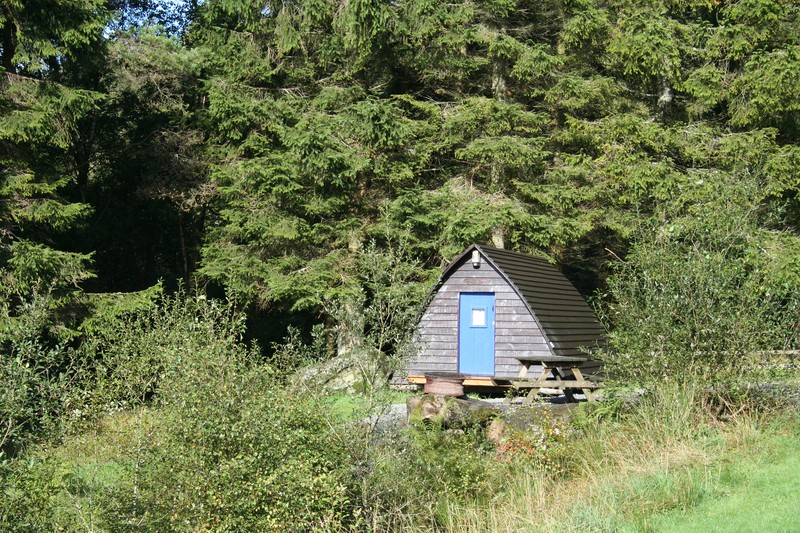Here are some ideas, tips and tricks that may not seem altogether important now but, when the time comes, you will be more than happy that you took the time to learn these skills! Remember preparation is always your first line of defense!
Build a Trap Line
Trapping was a common means for American mountain men to collect valuable furs and feed themselves at the same time. Traps can be purchased or hand built today, just as they once were. Traps should be de-scented to remove human scent and the proper baits should be selected to attract your target species. Once you are ready to set out your traps, it’s time to create a trap line. This is typically arranged as a circuit that you can walk, to visit your traps and to collect your game. Depending on the animals you are trapping, this line may run down a creek, up a ravine, along a cliff base, or beside some other natural feature which funnels the animals into a smaller area. You could also set up along a swamp, deep in the brush, in the middle of a field, or anywhere else that has plenty of animal sign. Check your trap line daily.Make Your Own Medicine
To our forebears living in remote areas, the local wild plants had to serve double-duty as food and medicine. Dig a little, though, and you’ll find the old connections are still there. Many of our modern medicines trace their history back to where they were first discovered in wild plants. To whip up the most basic historical plant medicine, first positively identify yarrow (Achillea millefolium) or plantain (Plantago major). (FYI: That’s yarrow in the photo.) Crush either or both of these wild plants into a green paste and apply it to cuts, scrapes, burns, and scratches. This medicinal form is called a poultice, and it’s surprisingly effective at infection prevention and speeding up the healing of wounds.Twist Up Some String
There never seems to be enough cordage, rope, or string to go around. Unless you can make your own, that is. If you are fortunate enough to have some fibrous raw material and you know cord production, you should be able to crank out string and heavier cord without any trouble. Grab a small length of fiber, and twist it until it kinks. Hold the kink, and keep twisting each bundle of fiber. If you twisted clockwise to begin the cord, then keep twisting the fiber bundles clockwise, allowing them to encircle each other counter clockwise. Splice in more material to continue your cordage indefinitely.Learn Your Lashings
In order to build certain shelters (like wigwams) and most camp furniture, you’ll have to learn your lashings. The folks living a pioneer life on the American frontier knew all about lashings. By joining sticks to other sticks, they were able to create fences to keep in livestock, build handy structures for camp and farm, and even erect lookout towers to keep an eye out for hostile neighbors. One of the most essential lashings is the square lashing, which joins two perpendicular sticks together. To begin, tie a hitch to one of the poles near the place where the two poles cross. Then wrap your line around the junction of the two poles, going under the lower pole and over the top pole. Spiral outward with these wraps five or six times. Next, wrap between the poles, biting onto the previous wrappings to tighten them. Finally, use a square knot to tie the free end of the rope to the free end from the hitch that started this whole lashing.Make Some Weapons
On average, ancestral life was short and harsh. Don’t ever get a romanticized version of history in your head. Our predecessors rarely felt safe. There was always a group nearby who either wanted their stuff or wanted them gone. If armaments were in short supply, our progenitors had to make them. Some of the easiest weapons to fabricate with limited tools and supplies are archery weapons like bows and crossbows.
Just because it’s an old idea does not make it a bad idea. Anyone who does homesteading or prepping can tell you all about the joys of old fashion canning, storing and even building your own outside oven!
There are more historical survival skills over on Outdoor Life. We strongly suggest you take a look and get inspired by the creativity of as bygone era!

Mark Luffman
Following